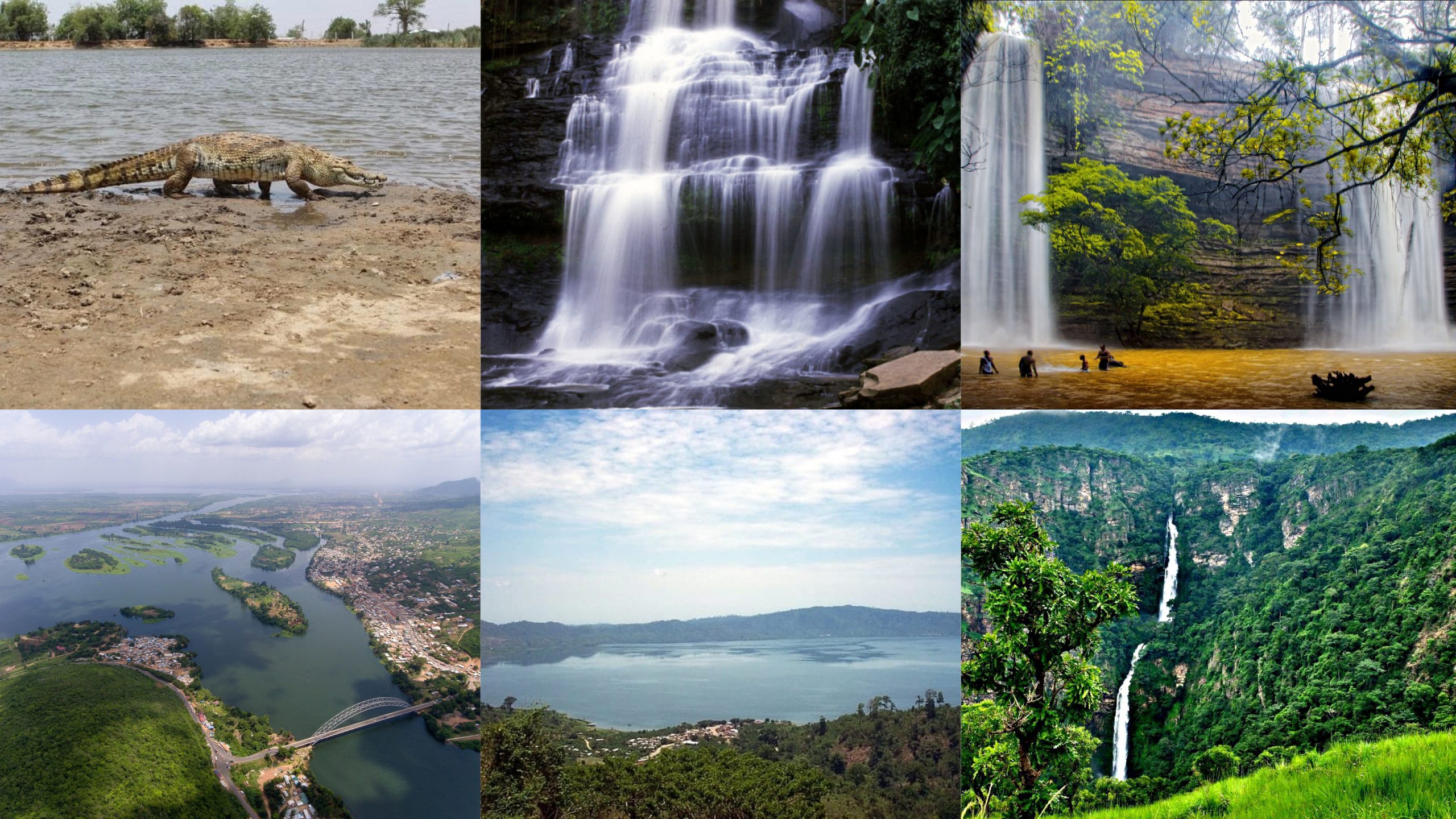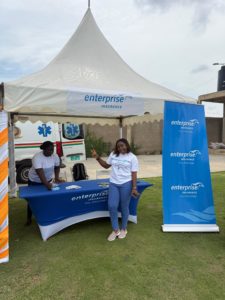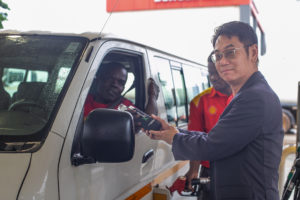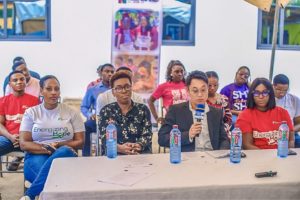Today 22 March, 2021 is World Water Day, a day set aside by the United Nations to celebrate water and raises awareness of the global water crisis. The theme for this year’s celebration is “Valuing Water”, focusing on the unquantifiable value of water for our households, food, culture, health, education, economics and the integrity of our natural environment. To join this celebration, we have compiled a list of 6 of Ghana’s most famous water bodies that have provided water, fish, food, electricity and tourism to the country over the years. In no particular order, let’s dive in.
Lake Volta
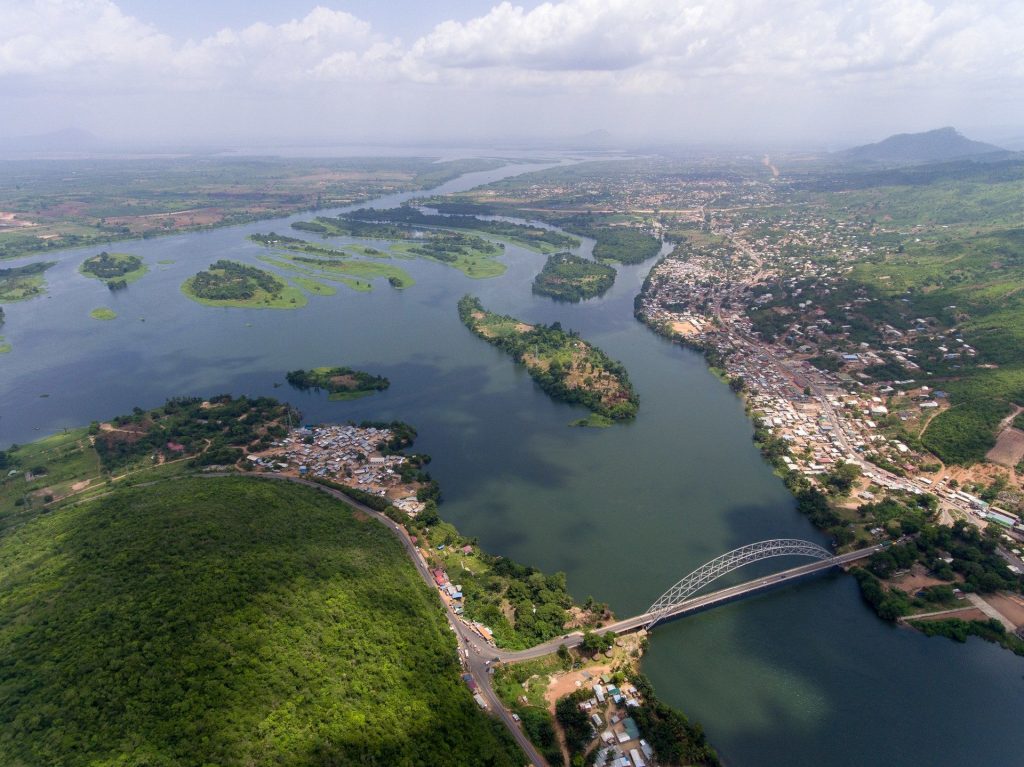
Lake Volta is the largest lake in Ghana, covering an estimated surface area of 3,283 square miles and 62 feet at average depth. Construction of the lake commenced in 1961 under the leadership of Kwame Nkrumah and by 1965, the lake was completed, giving the country the largest human-made waterbody in the region. Lake Volta can hold over 124,000,000-acre-feet of water within its length of approximately 250 miles. The water provided by the lake is also used for fishing, irrigation as well as the generation of hydroelectric power for local and external consumption.
Lake Bosomtwe
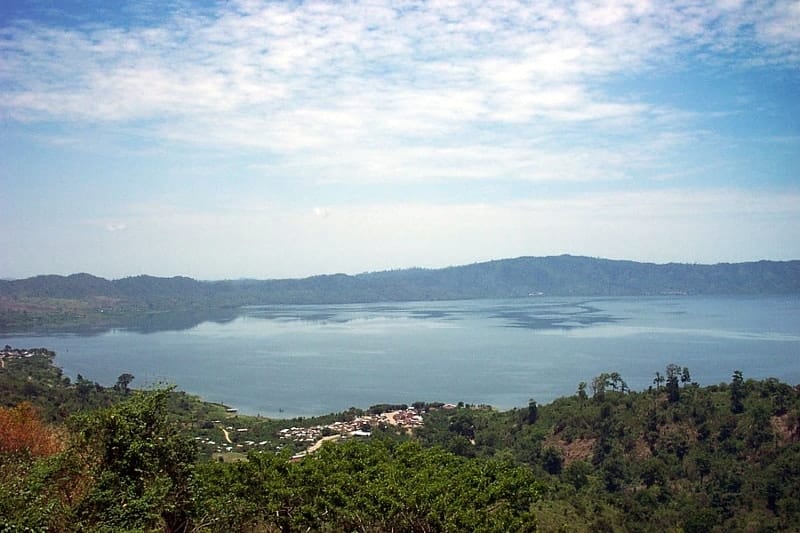
Lake Bosomtwe is the only natural lake in Ghana and also the second largest lake in the country, covering an estimated surface area of 19 square miles. The lake has a maximum length of 5.3 miles and 5.0 miles in width while the average depth is 148 feet. It is located South-east of Kumasi within an old crater believed to have been formed by a striking asteroid. The lake is a major recreational area and has over 70,000 people from 30 villages drawing their livelihood from the Lake. It serves as home to a variety of rare fish species like the Hemichromis Frimpong, endemic cichlid, near-end endemic cichlid, Tilapia busumana and others.
Boti Falls
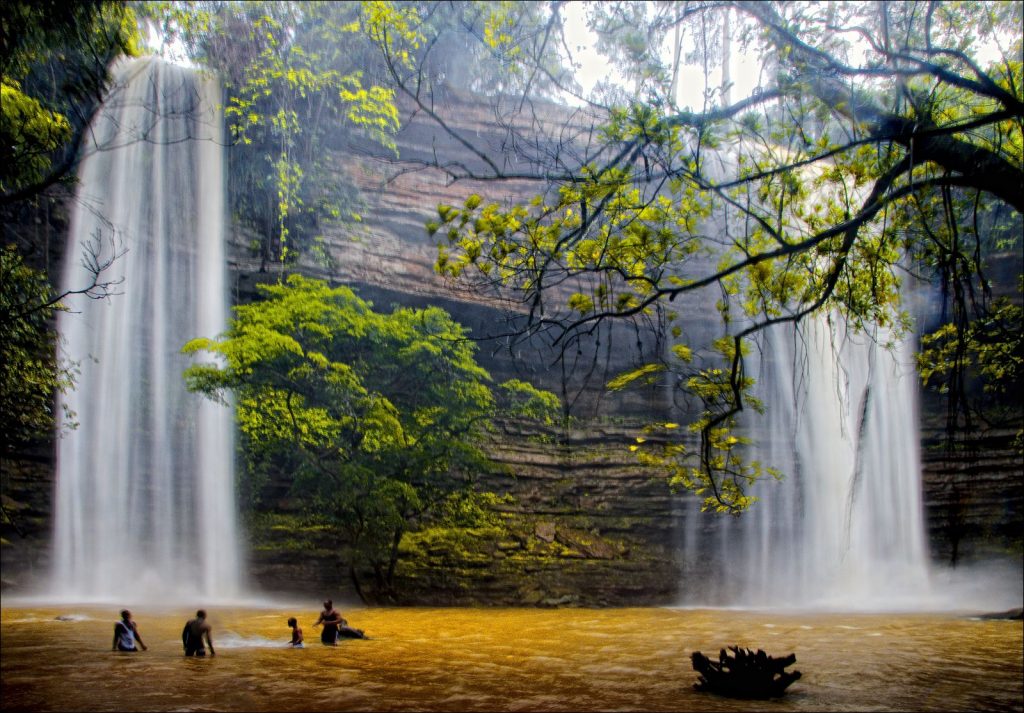
Boti falls is a seasonal waterfall situated in the Eastern Region of Ghana, 17km northeast of the regional capital Koforidua. This waterfall is made up of two separate falls, side-by-side cascading into a rocky basin at the bottom of the falls accessible by 250 concrete steps. This waterfall was first to be enlisted by the national Tourist Board because of its magnificent nature.
Kintampo Falls
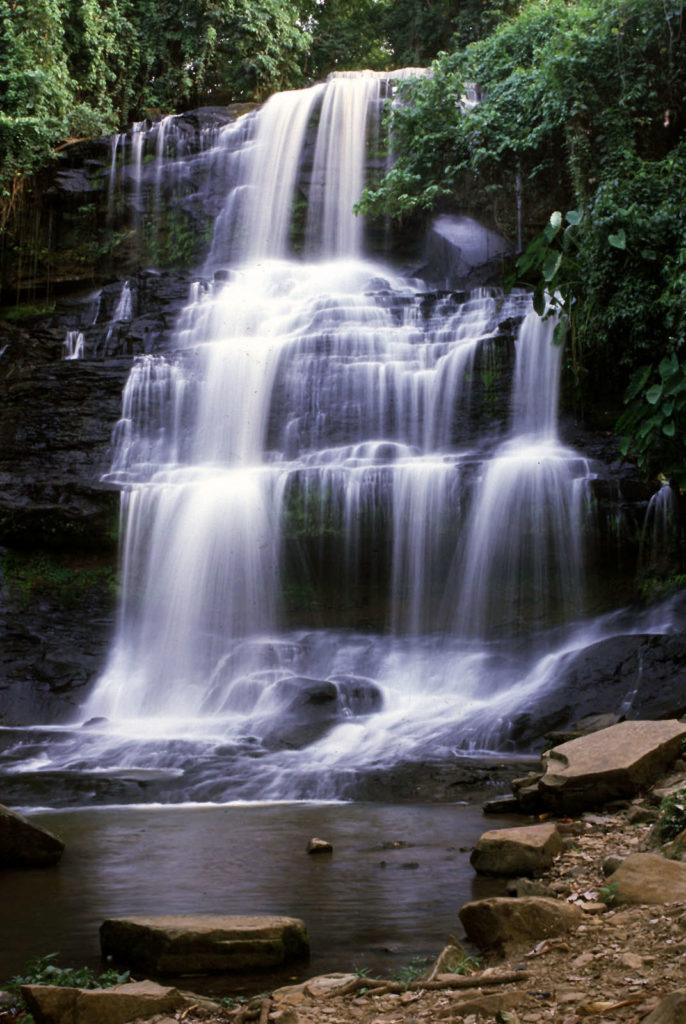
Located near the geographical center of Ghana, Kintampo falls about 70 meters down rock steps from the Pumpu River. The Kintampo Waterfalls is one of the most visited sites in the country and so has shade where visiting individuals and groups can sit and have fun. There is a lot of mahogany trees among others, some of which are over 40 meters. If you’re traveling between Kumasi and Tamale, Kintampo falls can be an amazing rest stop.
Paga Crocodile Pond
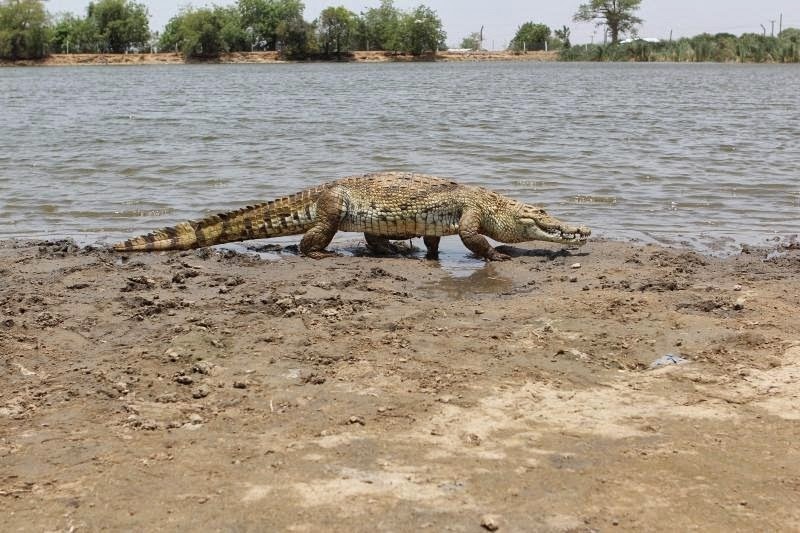
The Paga Crocodile pond is a sacred pond in Paga in the Upper East Region of Ghana, which is inhabited by West African crocodiles. Due to the friendliness of the reptiles, it has become popular among tourists and the pond is now reliant on tourism to ensure the population of crocodiles remain fed and healthy. Visitors can sit, touch and take photographs with the crocodiles. The crocodiles roam freely throughout the pond, and are brought to the shore when the guides whistle loudly. Tourists can then take photographs while holding the crocodile’s tails, after the guide has fed them a chicken.
Wli Falls
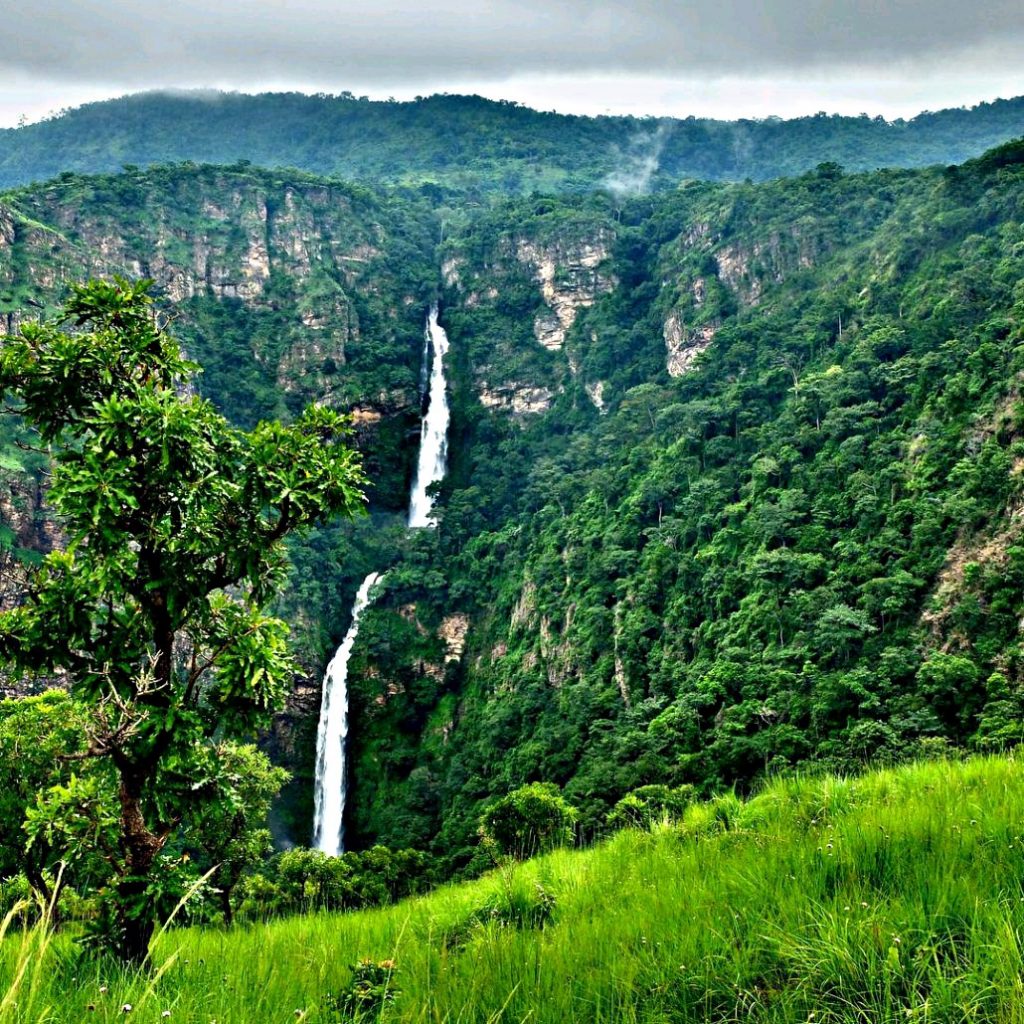
The Wli waterfall is located about 20km from Hohoe, at the edge of the Agumatsa Wildlife Sanctuary in the Wli natural reserves which has hundreds of fruit bats. An hour’s walk through cool shades of the forest will lead you to Ghana’s highest waterfalls at 80 meters which flows throughout the year. It is a popular tourist site and also stands as the tallest waterfall in West Africa. A walk through the forest of the Agumatsa wildlife sanctuary offers a chance to see a large colony of fruit bats, butterflies, birds, monkeys and baboons.
Ghana is home to many more waterbodies and on this day, we join the United Nations to raise awareness of the global water crisis, and a core focus of the observance is to support the achievement of Sustainable Development Goal (SDG) 6: water and sanitation for all by 2030.

